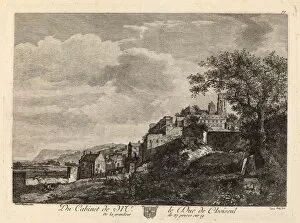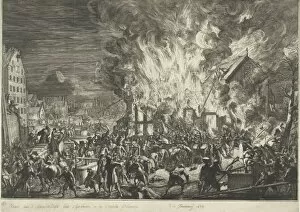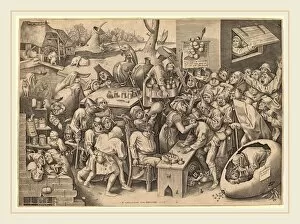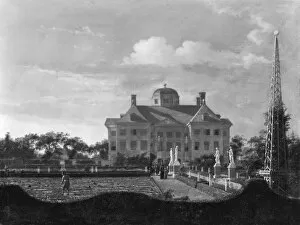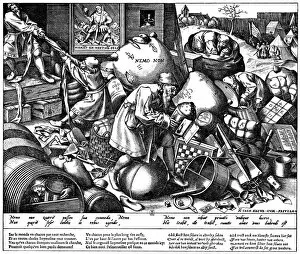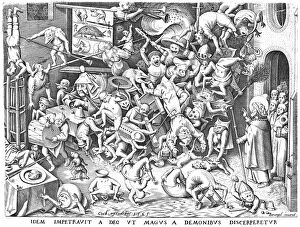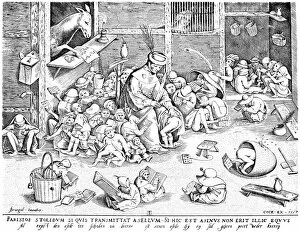Heyden Collection (page 2)
"Exploring the Artistic World of Pieter van der Heyden: A Journey Through Time and Imagination" Step into the captivating world of Pieter van der Heyden
For sale as Licensed Images
Choose your image, Select your licence and Download the media
"Exploring the Artistic World of Pieter van der Heyden: A Journey Through Time and Imagination" Step into the captivating world of Pieter van der Heyden, a renowned artist whose works spanned various themes and genres. With each stroke of his brush or etching on copper plates, he transported viewers to different realms filled with patience, pride, and enchantment. In "Patience (Patientia), " created in 1557, van der Heyden captures the essence of this virtue through intricate details and serene expressions. The viewer is reminded of the power that lies within waiting calmly for life's wonders to unfold. Moving onto "Pride (Superbia) from The Seven Deadly Sins, " dating back to 1558, we witness van der Heyden's ability to depict human flaws with striking precision. This thought-provoking piece serves as a reminder to remain humble amidst our accomplishments. One cannot overlook the masterpiece titled "St. James and the Magician Hermogenes" from 1565. Van der Heyden skillfully brings together elements of mysticism and faith in this captivating artwork that leaves us pondering over unseen forces at play. Shifting gears towards portraiture, we encounter an intriguing depiction titled "Portrait of Otto von Bismarck in Hunting Clothes with his Dog and a Dead Pheasant. " This work showcases not only van der Heyden's talent but also highlights historical figures who left their mark on society. "The Peasant Wedding Dance, " created after 1570, transports us into a lively celebration where joyous spirits intertwine with energetic movements. Van der Heyden masterfully captures every detail – from swirling skirts to exuberant faces – making us feel like partakers in this rustic revelry. As we delve deeper into nature's beauty depicted by van der Heyden, we encounter two pieces from his series called "The Seasons.

